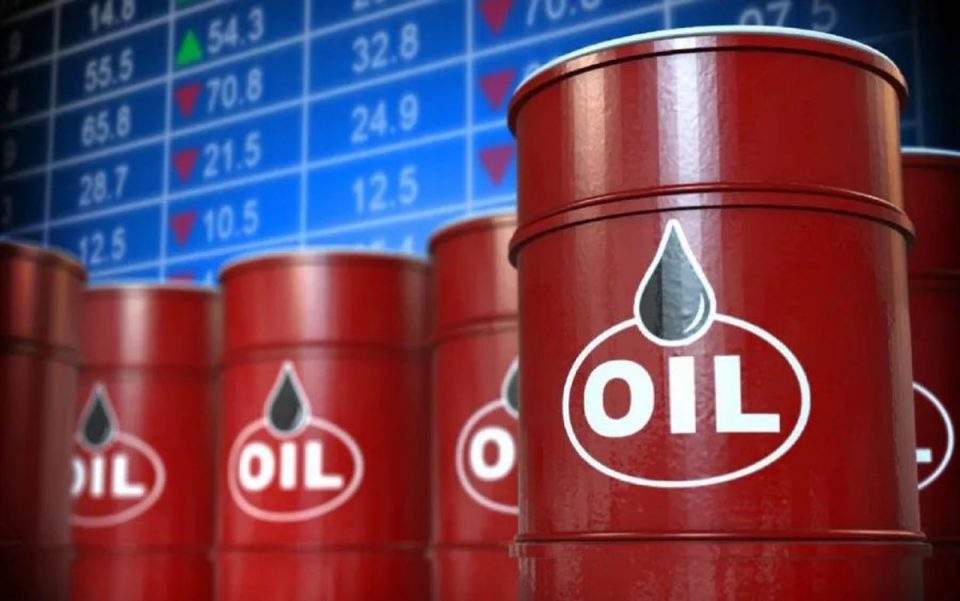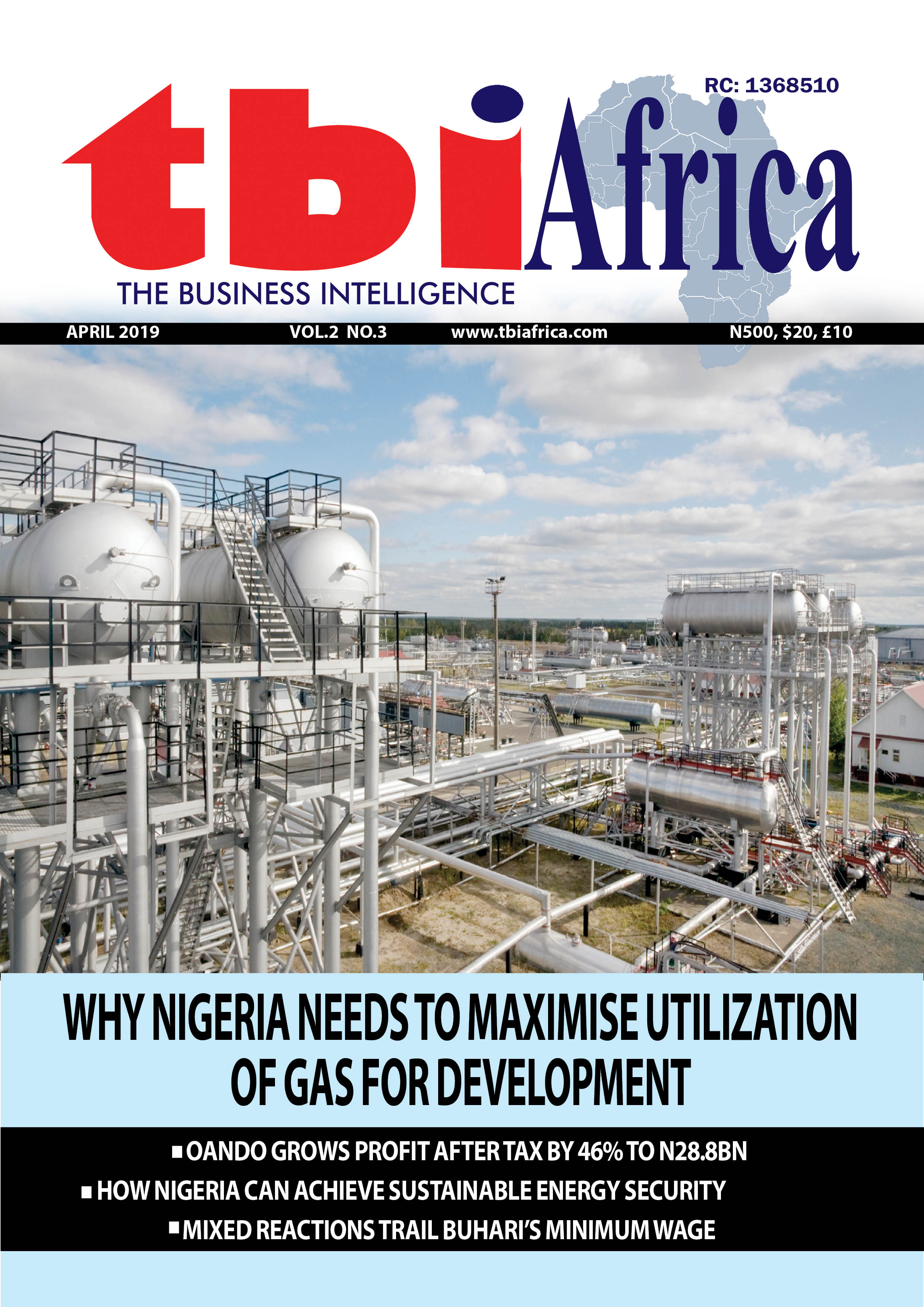Photo caption: Oil
Oil prices fell by about $2 on Thursday on expectations for a U.S.-Iran nuclear deal that could result in sanctions easing, while a surprise build in U.S. crude oil inventories last week heightened investor concerns about oversupply.
According to Reuters report, Brent crude futures were down $2.10, or 3.2 per cent, to $63.99 a barrel at 1049 GMT. U.S. West Texas Intermediate (WTI) crude futures were down $2.16, or 3.4 per cent, to $60.99.
U.S. President Donald Trump said on Thursday that the United States was getting very close to securing a nuclear deal with Iran, and Tehran had “sort of” agreed to the terms.
This came after an Iranian official told NBC News in an interview published on Wednesday that Iran was willing to agree to a deal with the U.S. in exchange for the lifting of economic sanctions.
“(Any) immediate sanctions relief stemming from a nuclear agreement could unlock an additional 0.8 million barrels per day of Iranian crude for the global market – an undeniably bearish development for prices,” SEB analyst Ole Hvalbye said.
Washington issued sanctions on Wednesday to target Iranian efforts to domestically manufacture components for ballistic missiles, the U.S. Treasury Department said, following Tuesday’s sanctions on some 20 companies in a network that it said has long sent Iranian oil to China.
The sanctions came after a fourth round of U.S.-Iran talks in Oman aimed at addressing disputes over Iran’s nuclear program.
Data from the U.S. Energy Information Administration on Wednesday showed crude stockpiles rose by 3.5 million barrels to 441.8 million barrels last week, compared with analysts’ expectations in a Reuters poll for a 1.1 million-barrel draw.
Meanwhile, the International Energy Agency lifted its oil demand growth forecast in 2025 to 740,000 barrels per day, up 20,000 bpd from the previous report, citing higher economic growth forecasts and lower oil prices supporting consumption.
The IEA added that economic headwinds and record sales of electric vehicles are expected to reduce demand growth to 650,000 bpd for the remainder of the year, from growth of nearly 1 million bpd in the first quarter.
The Organization of the Petroleum Exporting Countries and allied producers, known as OPEC+, has been increasing supply, although OPEC on Wednesday trimmed its forecast for growth in oil supply from the U.S. and other producers outside the wider OPEC+ group this year.
=== Reuters ===




